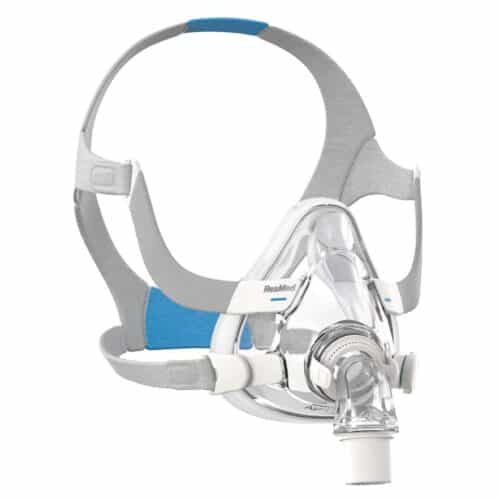Get 10% off your order!
Sign up below for PAP’s Newsletter, and keep an eye on your inbox for a one-time code. Offer not available on sale items.
Sleep apnea is often thought of as a condition that affects overweight adults, but the truth is, it can affect anyone, no matter your age, gender, or weight.
In fact, according to the American Sleep Apnea Association, anywhere between one and four percent of children aged two to eight years old have sleep apnea. Though the majority of these patients have mild symptoms, sometimes it can have more serious health effects.
Every parent wants their child to be healthy and happy, so read on to learn about some of the most common signs and symptoms of sleep apnea, and what treatment options are available.
Sleep apnea is a condition where a person stops breathing while they sleep. Most commonly, this happens because something is blocking the upper airway. This is known as obstructive sleep apnea.
As we sleep, the muscles in the back of our throat relax, including the muscles that keep our airway open. When obstructive sleep apnea occurs, these muscles relax too much, making breathing difficult, which causes oxygen levels to drop. This wakes a person, usually for only a moment, and they fall back asleep, most often without even noticing.
This is why some of the main symptoms of childhood sleep apnea include tiredness, behavioral problems, poor school performance, and inability to concentrate. These children aren’t getting a good night’s sleep, so they can’t do their best.
Sleep apnea can cause children to wake up multiple times during the night, but they will usually fall right back asleep, so it’s difficult for them to realize something is wrong.
Some other common symptoms include:
If your child has a few of these symptoms and it is affecting their daily lives, it’s important to get them checked by a doctor. Your doctor might recommend a sleep specialist or a sleep study.
If you’re concerned about having your child stay overnight at a hospital or sleep center, don’t worry. Home sleep studies are now an option, allowing your child to get the monitoring they need from the comfort of their own bed.
In some cases, children can outgrow the condition. But you don’t simply want to wait for that to happen. Not only might they never outgrow it, but sleep apnea can also be a symptom of other issues like poor growth, lack of focus, behavior issues, and even heart problems.
There are a few reasons why sleep apnea occurs. In some cases, it’s caused by enlarged tonsils or adenoids. In this case, a doctor might recommend a tonsillectomy, an adenotonsillectomy, or both. These surgical treatments can be effective, but surgery comes with risks and potential complications and is rarely the first resort.
Sometimes, excessive weight contributes to sleep apnea. In these cases, it’s important to work with your child’s doctor to determine the cause of weight gain and work to make sure your child has a healthy diet and gets enough physical activity. Often, losing just a few pounds through diet and exercise can help with sleep apnea symptoms. However, weight loss is not always maintained, and thus sleep apnea can become an issue again in the future.
That’s why CPAP therapy is the first choice for treating sleep apnea in most cases, for both adults and children. During CPAP treatment, your child will wear a CPAP mask during sleep. This mask is connected to a CPAP machine that uses pressurized air to help the airways stay open while your child sleeps.
While it may take some time for your child to get used to sleeping with a CPAP machine, it is often the most effective and safe way to treat sleep apnea. It can help your child get the restful sleep they need to do their best in school and other activities and stay healthy.
It’s estimated that up to 75-80% of sleep apnea cases go undiagnosed. One of the main reasons for this–most people think that sleep apnea only affects older, overweight adults. So when a child displays the most common symptoms–whether they’re subtle or obvious–sleep apnea is rarely considered.
If your child is displaying signs of sleep apnea, order a disposable at-home sleep test. Your child can take the test from the comfort of their bed, and you will discuss results with our Clinical Team over the phone to diagnose or rule out sleep apnea once and for all.


Sign up below for PAP’s Newsletter, and keep an eye on your inbox for a one-time code. Offer not available on sale items.
SUBSCRIBE TO OUR NEWSLETTER Receive exclusive offers & insightful articles to enhance your sleep.
Search by product name, type or brand.
